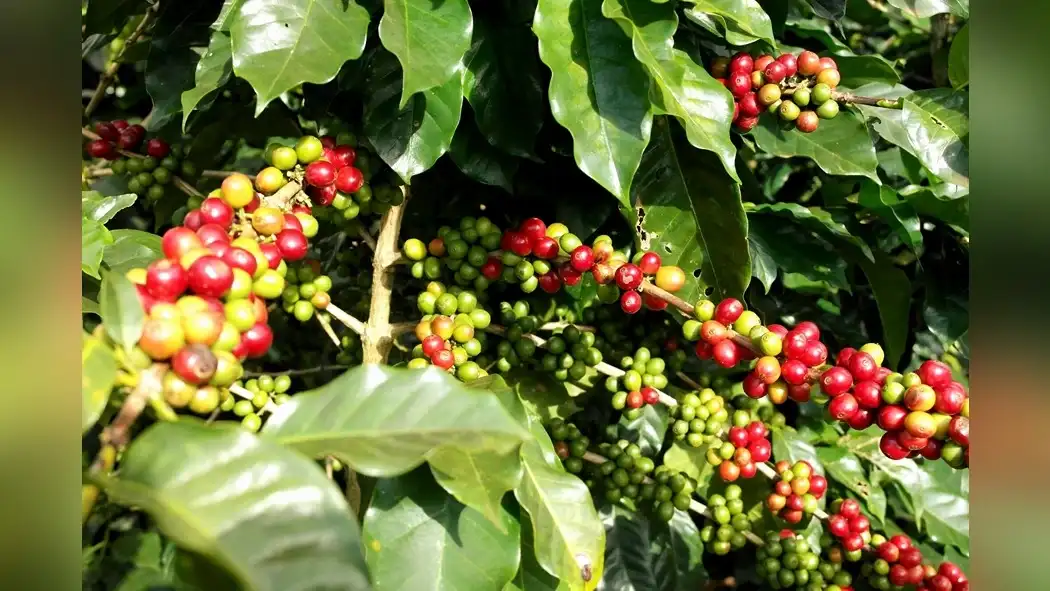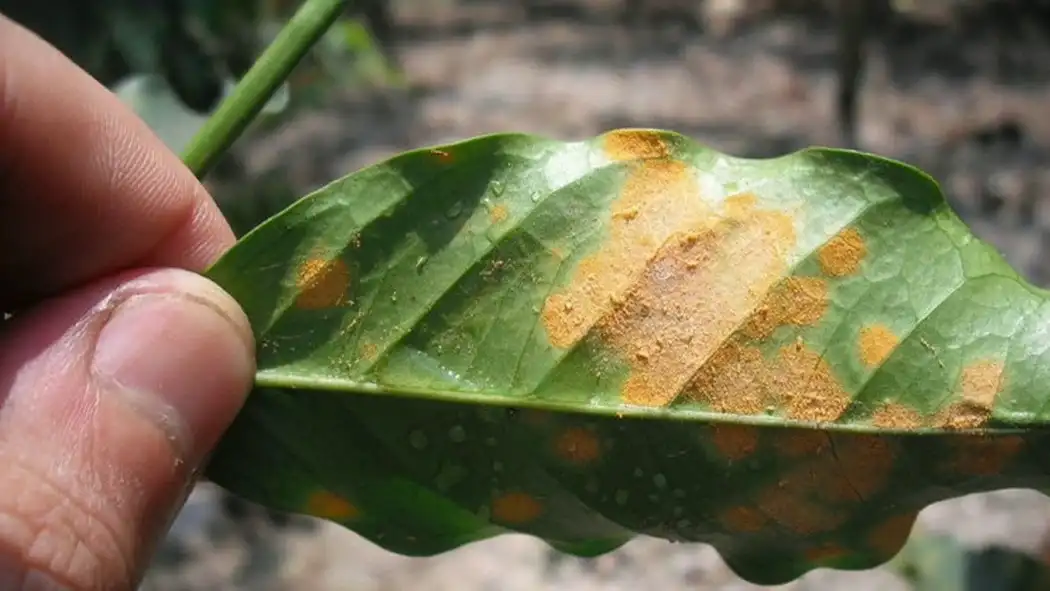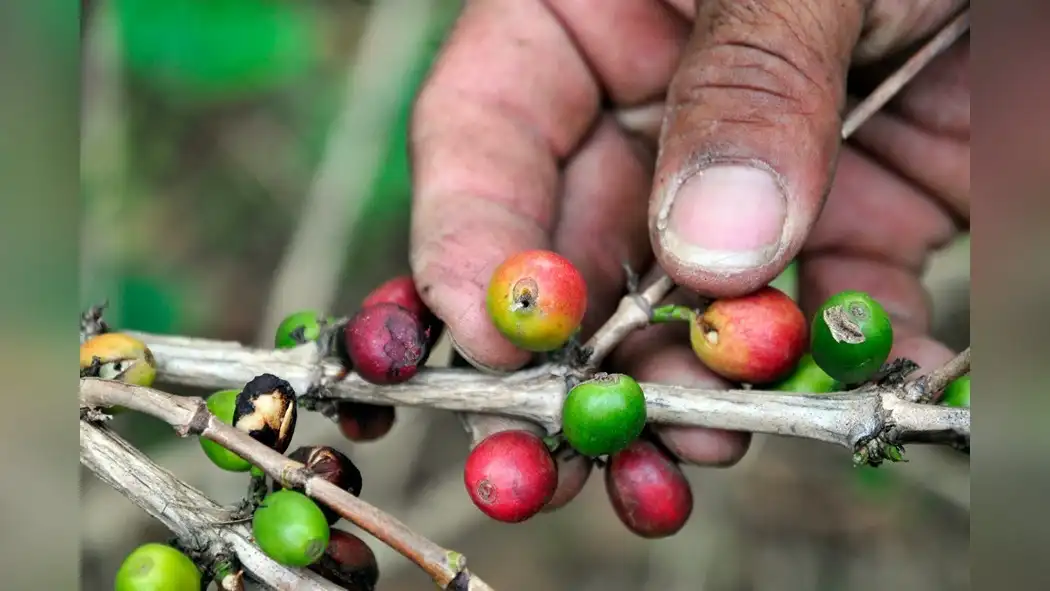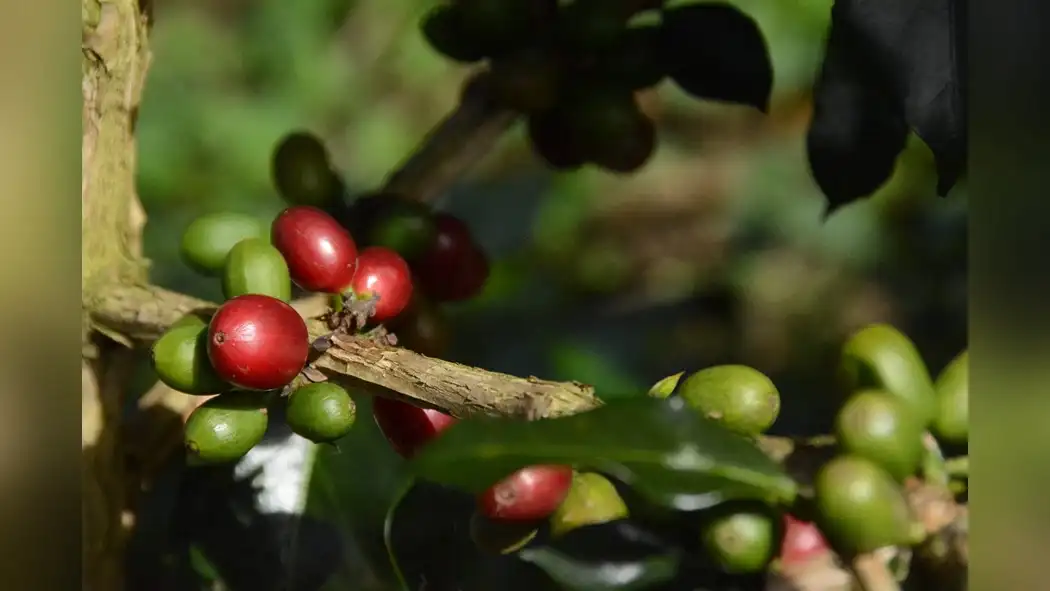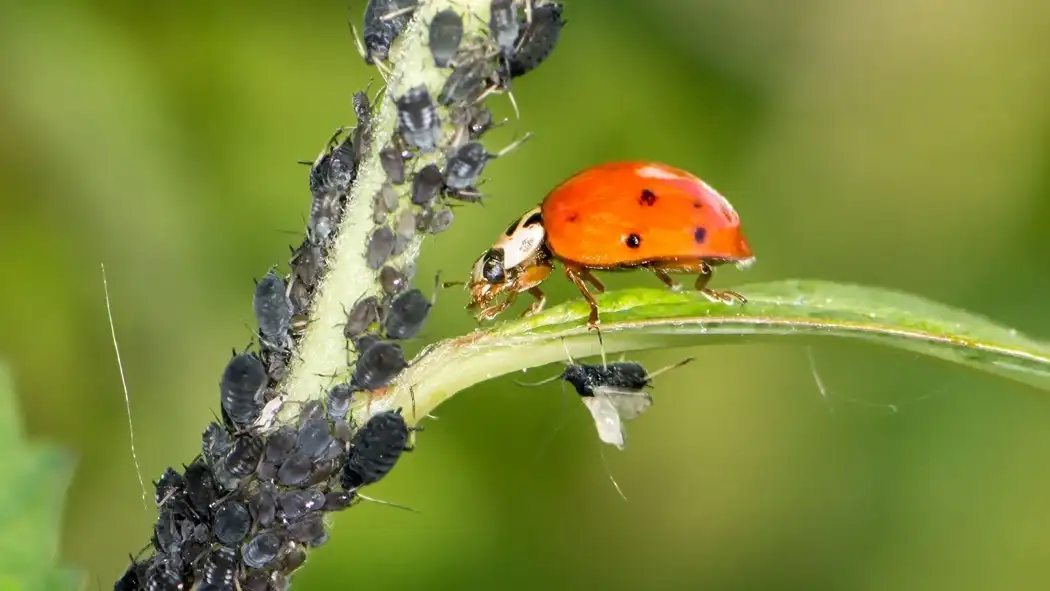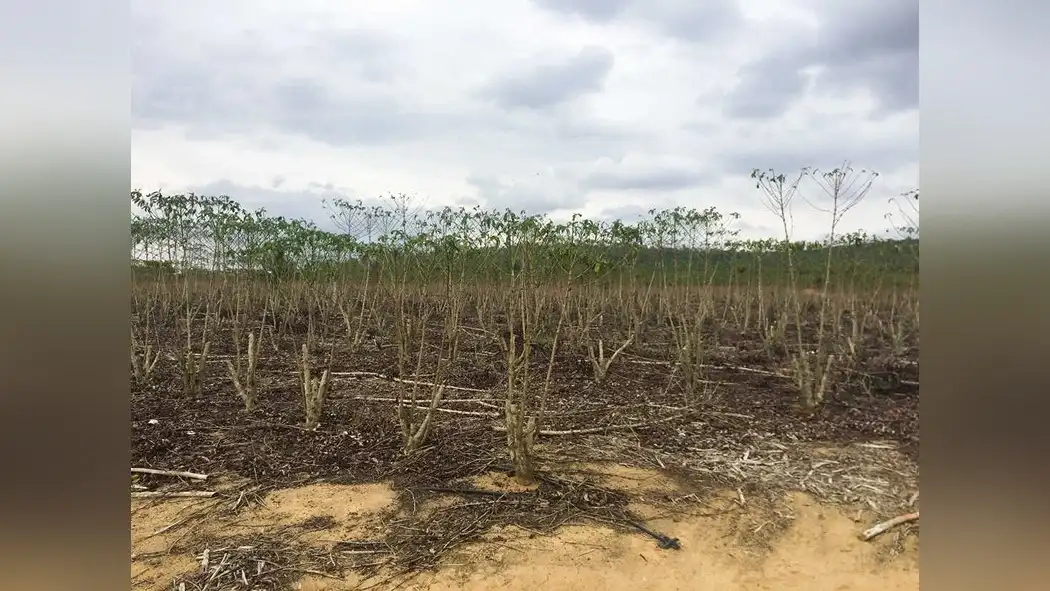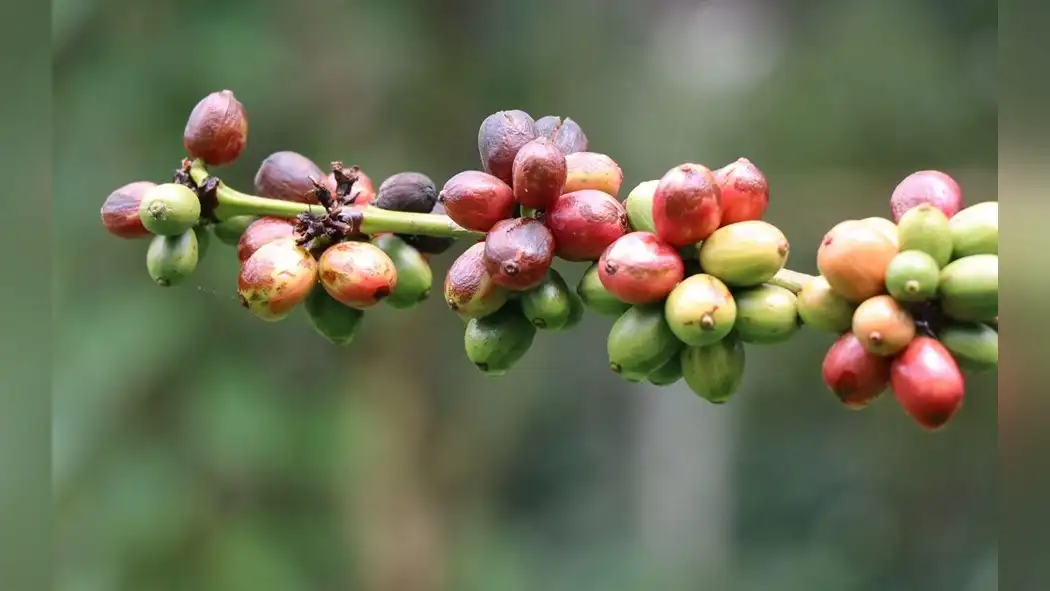If you've heard the saying 'an ounce of prevention is worth a pound of cure,' then you understand the importance of identifying and managing common threats to your robusta coffee plants.
In this guide, we'll explore the various diseases that can affect your robusta coffee crops and provide you with practical strategies for tackling them head-on.
From leaf rust and coffee berry disease to root-knot nematodes and wilt disease, we'll equip you with the knowledge and tools needed to protect your robusta coffee plants.
By the end, you'll have a comprehensive understanding of how to identify and manage these common threats, ensuring the health and productivity of your robusta coffee crops.
Overview of Robusta Coffee Diseases
In this section, you'll learn about the common diseases that affect robusta coffee plants. Robusta coffee plants are susceptible to various diseases, making pest management and disease resistance crucial aspects of cultivation practices.
One common disease affecting robusta coffee plants is Coffee Leaf Rust, which can have a significant environmental impact and reduce the yield of coffee crops. Implementing disease-resistant coffee plant varieties and proper pest management techniques can help mitigate the impact of Coffee Leaf Rust.
Another prevalent disease in robusta coffee plants is Coffee Berry Disease, which can lead to substantial crop losses if not managed effectively. Understanding the cultivation practices that promote disease resistance, such as maintaining proper shade levels and implementing effective pruning techniques, is essential for coffee farmers to combat this disease.
Effective pest management and disease resistance are vital components of robusta coffee cultivation. By employing these practices, farmers can minimize the environmental impact of using chemical interventions while ensuring the sustainability of their crops. It's important to stay informed about the latest advancements in disease-resistant varieties and cultivation techniques to protect robusta coffee plants from common diseases.
Leaf Rust: Identification and Management
You can identify and manage Leaf Rust in robusta coffee plants by closely monitoring the leaves for characteristic yellow-orange powdery spots and promptly implementing targeted fungicidal treatments. Leaf rust, caused by the fungus Hemileia vastatrix, can significantly impact coffee plants and reduce yields if left unchecked. Environmental factors such as humidity and temperature play a crucial role in the development and spread of leaf rust.
Here's how you can effectively manage this disease:
- Early Detection: Regularly inspect the undersides of leaves for the initial signs of yellow-orange powdery spots, which indicate the presence of leaf rust.
- Cultural Practices: Implement proper shading and spacing techniques to minimize humidity levels, as leaf rust thrives in moist conditions. Additionally, ensure proper drainage to reduce standing water around the coffee plants.
- Chemical Control: Utilize targeted fungicidal treatments at the first sign of leaf rust to prevent its spread and minimize its impact on the coffee plants.
Coffee Berry Disease Control
Now, let's talk about controlling coffee berry disease.
You can manage this threat through fungal control methods and preventive cultural practices.
Fungal Control Methods
To effectively control coffee berry disease, implement proper fungal control methods. When managing fungal diseases like coffee berry disease, it's important to consider the following strategies:
- Biological control: Utilize natural enemies of the coffee berry disease fungus, such as beneficial microorganisms or predators, to reduce its population and spread.
- Chemical treatments: Apply fungicides at the right time and in the appropriate concentration to effectively control the coffee berry disease fungus. Ensure to follow recommended safety measures and regulations when using chemical treatments.
- Cultural practices: Implement good agricultural practices, such as proper pruning, adequate shade management, and maintaining soil fertility, to create an environment less conducive to the growth and spread of the coffee berry disease fungus.
Preventive Cultural Practices
Implementing preventive cultural practices is crucial for effectively controlling coffee berry disease and ensuring the health of your robusta coffee crops.
When it comes to pest control, proper shade management is essential. Maintaining the right level of shade helps create a balanced environment that discourages the proliferation of pests.
Additionally, regular pruning and weeding are vital to prevent the spread of the disease. By removing infected plant parts and minimizing weed competition, you can significantly reduce the risk of coffee berry disease.
Furthermore, disease prevention can be enhanced through proper spacing of the coffee plants, promoting good airflow and reducing humidity, which are key factors in disease development.
These preventive measures, coupled with vigilant monitoring, will help safeguard your robusta coffee crops from the threats posed by coffee berry disease.
Root-Knot Nematode Management
You need to consider soil health to effectively manage root-knot nematodes in your robusta coffee plants.
Look into resistant rootstock options that can help mitigate the damage caused by these pests.
Soil Health for Nematodes
Improving soil health is essential for managing root-knot nematodes in your robusta coffee plantation. To effectively address nematode issues, consider the following:
- Soil Fertility: Ensure your soil is properly balanced with essential nutrients and organic matter to promote a healthy and robust root system in your coffee plants. This will help them withstand nematode infestations better.
- Pest Management: Implement integrated pest management strategies to control nematode populations. This may include using resistant coffee plant varieties, rotating crops, and implementing biological control measures.
- Soil Testing: Regularly test your soil to monitor nematode populations and soil health. This will help you make informed decisions about soil amendments and management practices to keep nematode populations in check.
Resistant Rootstock Options
To effectively combat root-knot nematodes in your robusta coffee plantation, focus on selecting resistant rootstock options to bolster your plants' defenses against these destructive pests.
Resistant rootstock research is crucial in identifying varieties that exhibit strong resistance to nematodes, decreasing the likelihood of infection.
When engaging in the rootstock selection process, prioritize varieties that have been shown to have a high level of resistance to root-knot nematodes in research trials.
Consider consulting with agricultural extension services or local experts to learn about the performance of different rootstock options in your specific region.
Wilt Disease: Prevention and Treatment
Preventing and treating wilt disease in your robusta coffee plants requires diligent observation and prompt action. Here are some essential measures to help you manage this threat:
- Fungal Resistance: Select robusta coffee plant varieties that demonstrate natural resistance to fungal diseases, including wilt. These varieties can help minimize the risk of wilt disease affecting your crops.
- Soil Management: Implement proper soil drainage and avoid overwatering to prevent waterlogged conditions that create an ideal environment for wilt-causing fungi. Additionally, ensure that the soil is well-aerated to discourage the proliferation of pathogens.
- Sanitation Practices: Regularly remove and destroy any infected plant material to prevent the spread of wilt disease. Pruning affected branches and promptly disposing of them can help contain the disease and protect the health of your robusta coffee plants.
Black Rot: Recognizing and Addressing Symptoms
When encountering black rot in your robusta coffee plants, promptly identifying its symptoms is crucial for effective management. Recognizing symptoms of black rot is essential for preventing its spread and minimizing damage to your coffee crops.
Look for small, water-soaked lesions on the leaves that gradually expand and turn dark brown or black. These lesions may also appear on the stems and berries. As the disease progresses, the affected tissues become dry and brittle.
Keep an eye out for the characteristic V-shaped yellowing of the leaf margins, which is a key indicator of black rot. Effective treatment of black rot involves removing and destroying infected plant parts to prevent the disease from spreading. Implement proper sanitation practices by disposing of infected plant debris and avoiding excessive moisture on the leaves.
Additionally, applying copper-based fungicides can help manage the disease. Timely identification and intervention are crucial for controlling black rot and safeguarding the health of your robusta coffee plants.
Managing Coffee Berry Borer Infestation
To manage coffee berry borer infestation in your robusta coffee plants, implement integrated pest management techniques and regular monitoring of your crops. By following these strategies, you can effectively control the infestation and minimize the damage caused by the coffee berry borers.
Integrated Pest Management Techniques:
- Cultural Controls: Implement good agricultural practices such as proper shade management and timely harvesting to reduce the risk of infestation.
- Biological Control Methods: Introduce natural enemies of the coffee berry borer, such as certain species of parasitic wasps, to regulate their population.
- Mechanical Controls: Utilize pheromone traps and regular pruning to physically remove the borers from the plants and prevent further spread.
Conclusion
In conclusion, identifying and managing common threats to robusta coffee diseases is crucial for a successful harvest.
Remember, 'an ounce of prevention is worth a pound of cure.' By being proactive in recognizing and addressing symptoms of leaf rust, coffee berry disease, root-knot nematodes, wilt disease, black rot, and coffee berry borer infestation, you can protect your robusta coffee plants and ensure a healthy and bountiful yield.
Stay vigilant and take action to keep your coffee plants thriving.





